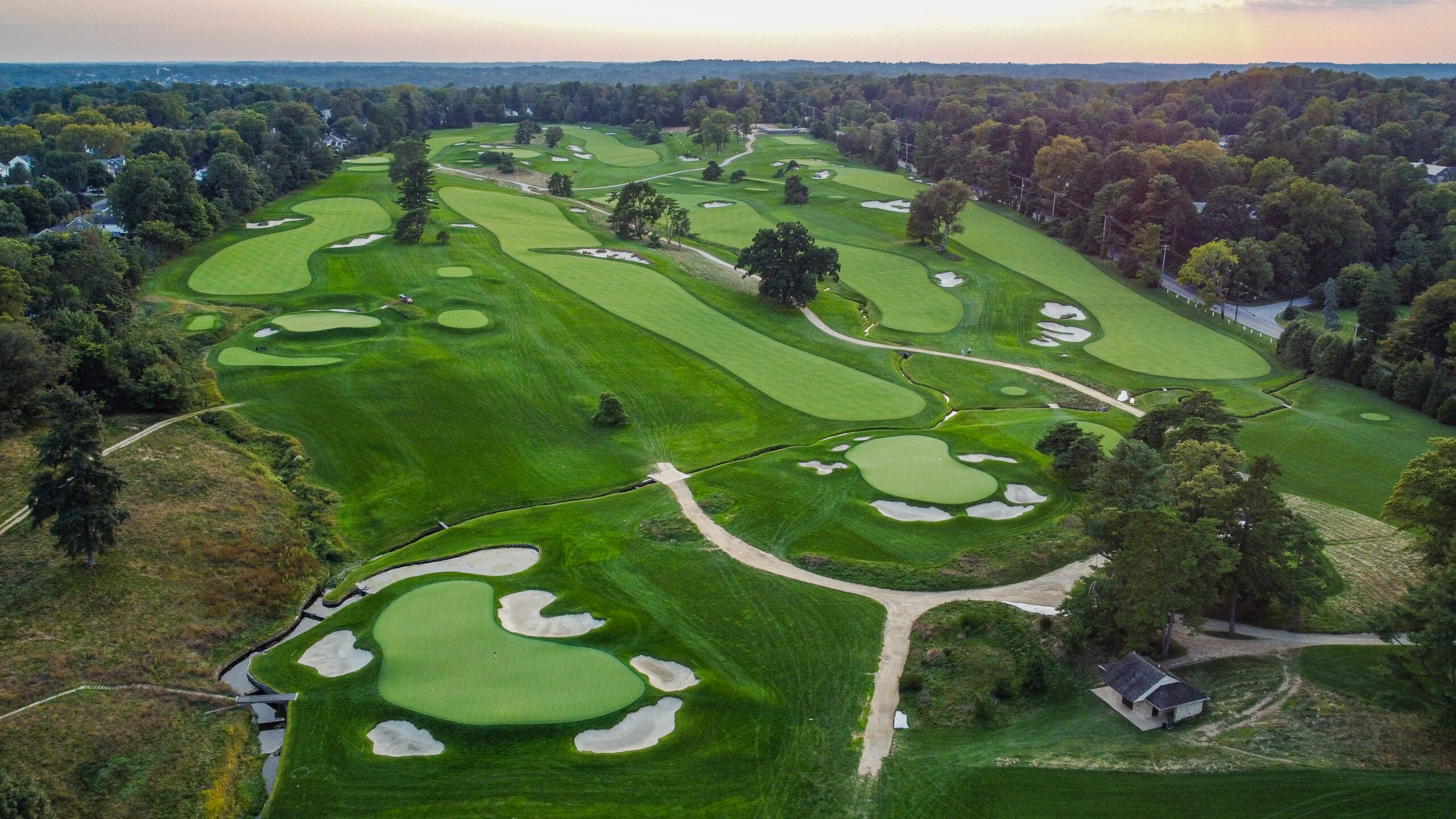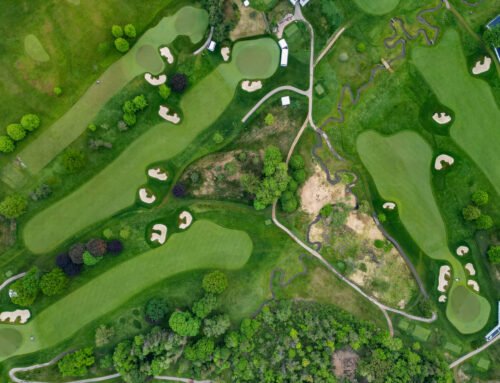COVID-19 has not exactly been kind to international golf. Granted, I was still able to travel, at least in the latter half of 2021. I visited San Francisco & Bandon Dunes, around New York (as far south as Baltimore, and all the way up to Cape Cod area), and around Christmas, Florida. Yet, the differences did not completely become apparent until a recent two-step to Philadelphia for Merion’s East course, paired with Aronimink.
Perhaps it was the evolution of my golf travels. In October 2019, I played Merion’s East course for the first time. Fast-forward four years later, and I have been lucky enough to see quite a few more golf courses. As it stands, I am 9 golf courses away from playing the top 100 in Canada. A lot more in the United States, although I am far more than in October 2019. This evolution allowed me to reflect on what the differences are.
Mowing Lines

In Canada, very few golf courses have proper mowing lines. We have been lucky to (mostly) avoid costly renovations of misfortune that mess up golf courses, meaning bunkers are still (roughly) in the proper spots. However, mowing lines have crept in, continuing to affect what is in play versus what is swimming in bunkers. The above photo of Aronimink shows beautiful mowing lines that curve with the bunkers, as if the bunkers are “eating” into the fairways. Proper.
Better Golf Shops
Part of the charm of the US golf clubs is A: seeing great golf logos, and B: making sure you do not blow your budget at one golf club. The logos do not necessarily beat those that we consider the best. St. George’s, Cabot Links & Cliffs, National Golf Club of Canada, etc all have great logos. The product in the shop is considerably better than most golf shops, with Greyson, Peter Millar, Holderness & Bourne, Winston Collection headcovers, Imperial and American Needle hats. You name it, they have it in the highest quality brands. Want a coffee mug? They have that as well. Oh, and alternate logos like the member’s only logo at Philadelphia Cricket Club, or the member’s collection at Aronimink is a nice touch.
Walking Culture
Never would I have thought American’s would get a health aspect better than Canada, yet here we are. Merion’s East course and Aronimink are both “walking courses.” That means no carts without a medical exemption. Why is this a good thing? It restores the aspect of golf that makes it physical activity; it better suits turf conditions and playability; it allows the “vibe” of these places to excel. Now, we need to be courteous of those with medical conditions, but carts should be a last case resort.
Caddies
To go along with a walking culture, caddies are a usual occurrence at most courses in the Northeast (or high-level clubs in the USA). No sweat, you do not have to carry your own bag at most private clubs. As a benefit, caddies for sure help first-timers, and pace tends to be slightly quicker if you have someone helping you out. All benefits in my eye.
Scale
This ties into the restorative nature of Canada vs the United States, but pretty much every high-level golf course in the United States feels “big” in scale. Yes, among Canada’s best, this feeling is there. Cabot feels huge, for example. Proper restorations could restore some of those features that make the golf courses feel big: proper green sizes, large-scale bunkering, and tree removal.
Tree removal

Merion’s famed East Course
Speaking of tree upkeep, Merion is likely the best tree maintenance I have ever seen. There are trees on the facility, although I think you would have to work hard to be blocked out or obstructed by them. However, given Merion’s small footprint, they help guide the view of where the golfer is hitting. They almost act as goal posts, asking the golfer to “hit it here,” although missing the line after the trees does not obstruct the chances of reaching the green (other challenges await).







Leave A Comment